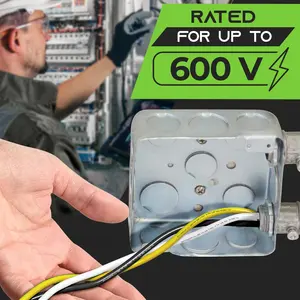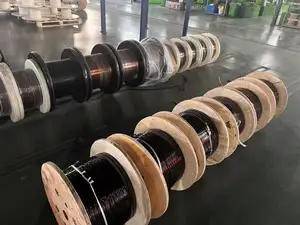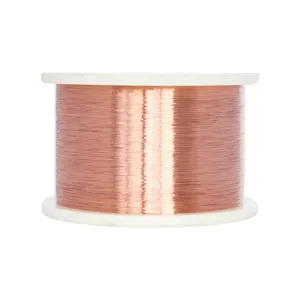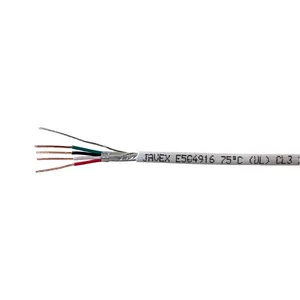Copper Wire Composition: An Overview
Copper wire composition is a fundamental category within the electrical industry, encompassing various types of copper wires used in numerous applications. This composition refers to the makeup of copper wires, which can vary based on the alloying elements combined with the copper and the wire's intended use. Copper, known for its excellent electrical conductivity, is often alloyed to enhance properties such as strength, flexibility, and resistance to corrosion.
Types and Applications of Copper Wire
Copper wire types are distinguished by their purity levels and the presence of other alloying elements. Pure copper wire, known as electrolytic tough pitch (ETP) copper wire, is widely used for its high conductivity. For more demanding applications, oxygen-free copper wire is preferred due to its enhanced conductivity and ability to withstand repeated thermal cycling. Copper electrical wires are ubiquitous in both industrial and residential wiring, serving as the backbone for power distribution and telecommunications. In industrial settings, copper wiring is essential for machinery and equipment, while in the residential sector, it is used for wiring in buildings and electronic devices.
Features and Materials
The material composition of copper wire significantly influences its performance. Copper's inherent electrical conductivity makes it an ideal choice for wires, but the addition of elements like tin can improve its strength and resistance to corrosion, making it suitable for underground copper wire applications. The physical form of copper wire can vary, with options including round, flat, or stranded wires, each serving specific functional requirements.
Advantages of Copper Wire
Copper wire offers several advantages due to its composition. Its excellent electrical and thermal conductivity ensures efficient power distribution with minimal energy loss. The ductility of copper allows for easy bending and shaping without breaking, facilitating installation in complex systems. Additionally, copper's recyclability makes it a more sustainable option, as copper scrap can be reused in new wire production without losing its beneficial properties.
Understanding Copper Wire Grades
The grade of copper wire is determined by its purity and the presence of any alloying elements. The most common grades include ETP and oxygen-free copper, each tailored for specific industrial or commercial use. Selecting the appropriate grade is crucial for ensuring the wire's performance in its intended application, whether it be for high-speed data transmission or heavy-duty power distribution.
Choosing the Right Copper Wire Composition
When selecting a copper wire composition, it is essential to consider the application's requirements, including electrical load, environmental conditions, and regulatory standards. Suppliers on Alibaba.com offer a broad range of copper wire compositions to meet these diverse needs, ensuring that buyers can find the appropriate type for their specific application without the constraints of brand limitations.

































 浙公网安备 33010002000092号
浙公网安备 33010002000092号 浙B2-20120091-4
浙B2-20120091-4